Quick Links
For Patients
For Physicians
- Refer a patient to a specialist
- Order labs for patients
- Order radiology for patients
- Order At-Home Services
- Get your practice listed
For Companies

© Copyright 2024 American TelePhysicians. All rights reserved.



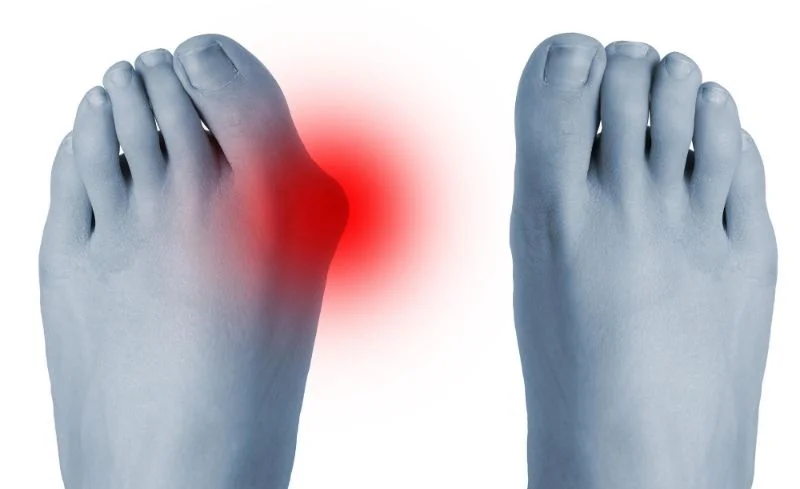
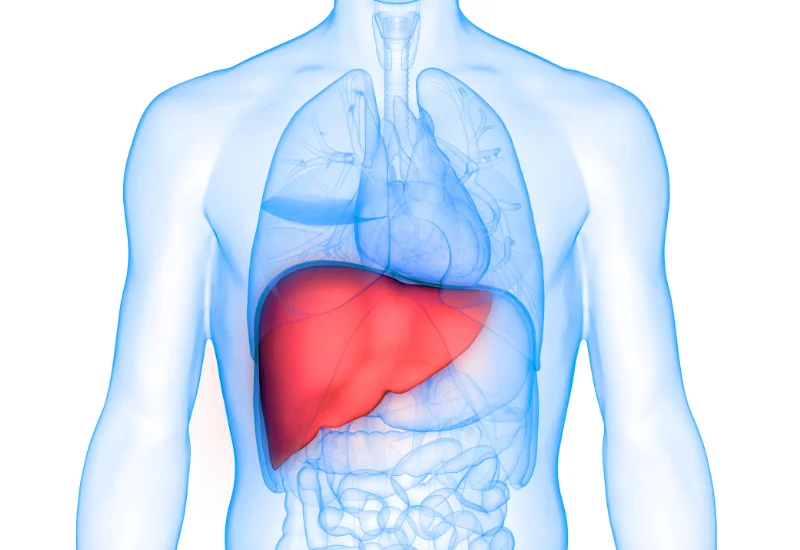
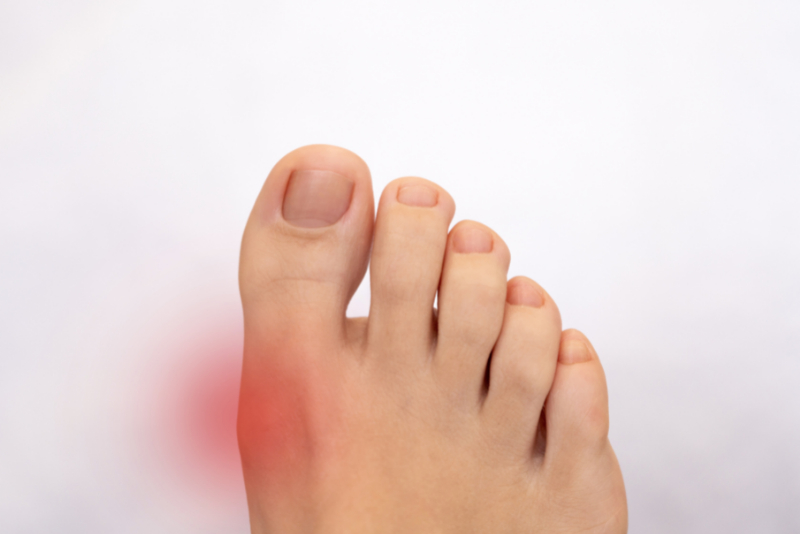
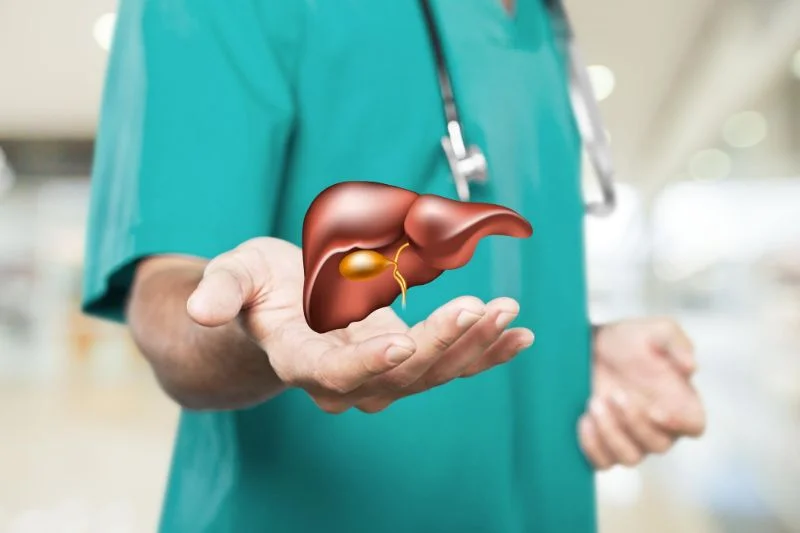
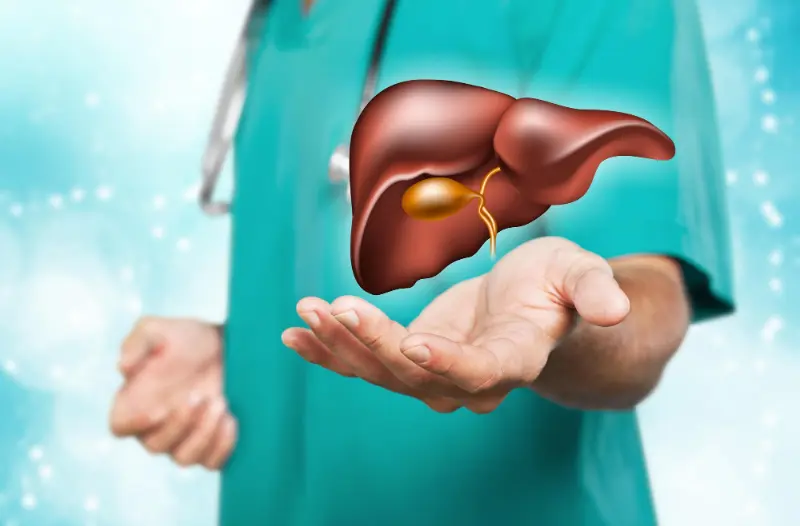
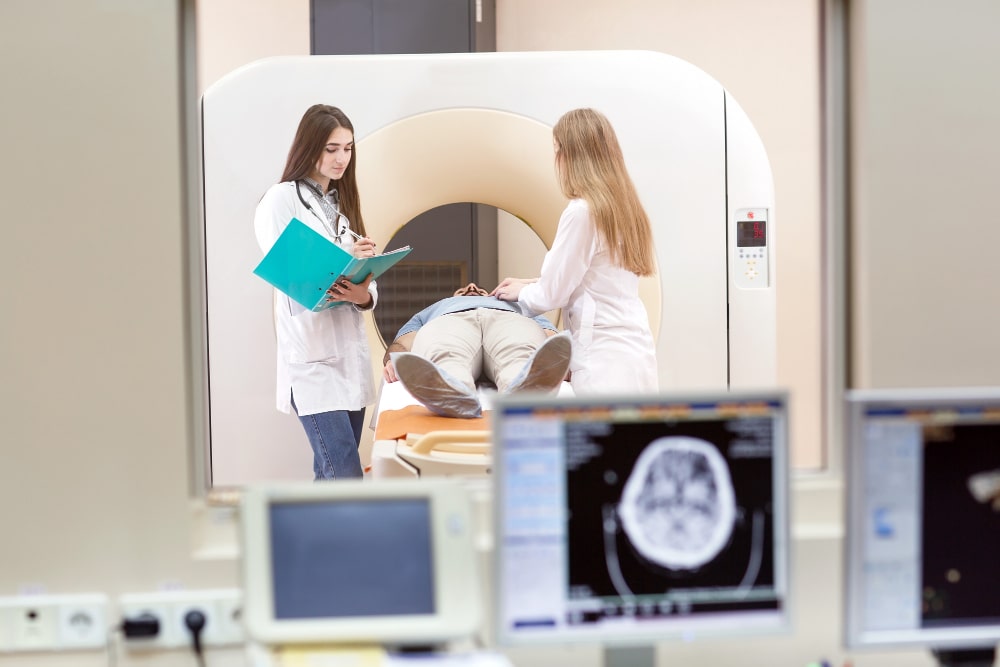
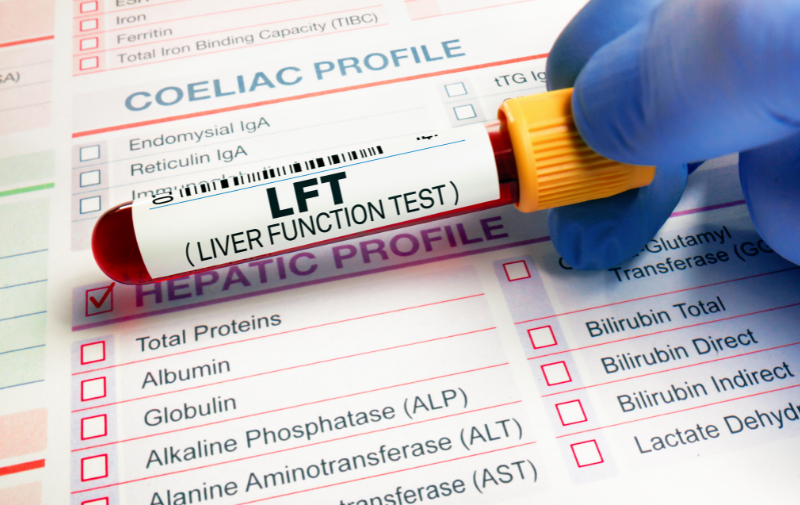
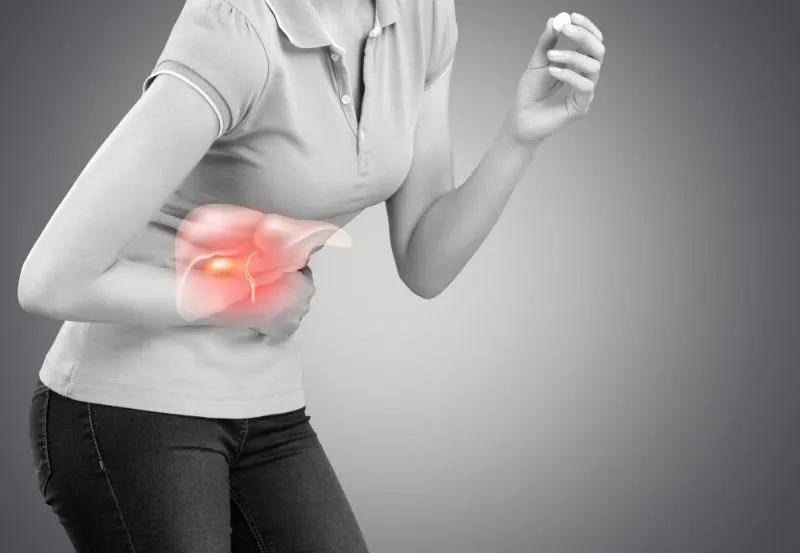
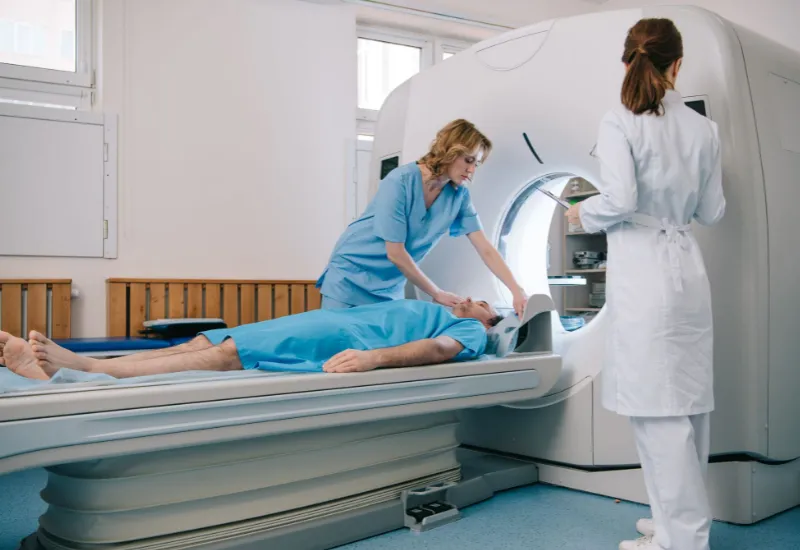
Gallstones are hard deposits of digestive fluid formed inside the gallbladder. Your gallbladder is a small, pear-shaped organ located just behind your liver. On the right side of your abdomen, the gallbladder stores bile, then discharged into the small intestine. Gallstones can be the size of a grain of sand or a golf ball. Some people only have one gallstone, whereas others develop multiple gallstones simultaneously. Gallstones that don't cause any symptoms don't usually require the immediate need to be treated.